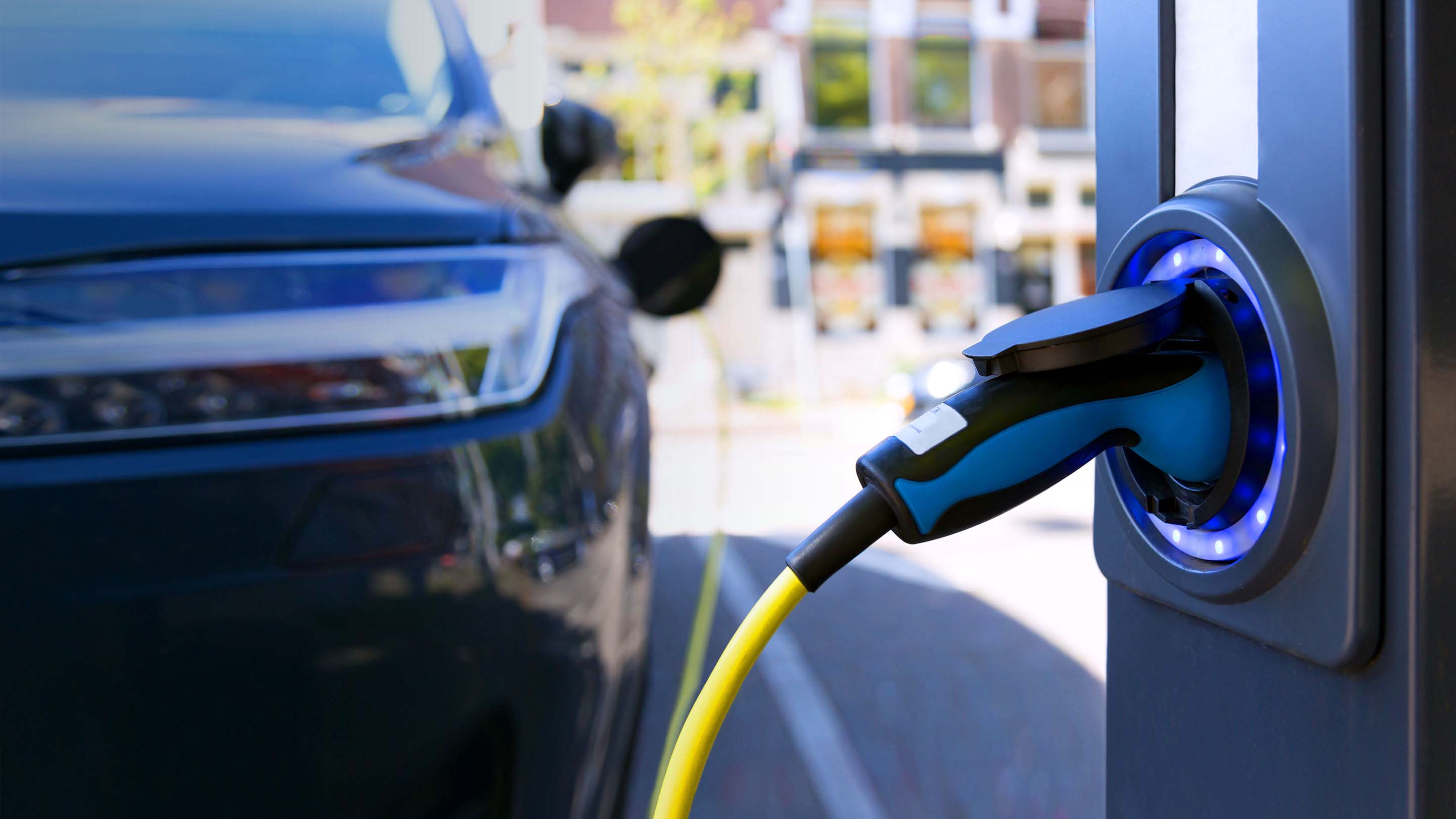While electric vehicle sales have been steadily on the rise, a new study says that American owners are less than impressed with the state of public charging.
Data analytics company J.D. Power reported that 21% of EV drivers say they show up at a public charger that does not work, up from 14.5% two years ago. Brent Gruber, an executive director for J.D. Power, told USA Today that public charging is by far the least satisfying aspect of owning an electric vehicle.
So why all the charging problems? Due to theft, vandalism or years spent in the elements, chargers may have broken screens, plugs or cords or suffer connectivity issues. And with more auto companies entering the EV market, some encounter overall compatibility issues with the stations.
The latter may be remedied, however. In the past weeks, GM, Ford and Rivian announced deals to allow its vehicles to charge within Tesla’s Supercharger Network starting next year. Their vehicles will need an adapter initially — those manufacturers use the Combined Charging Standard, common in Europe, while Tesla uses the North American Charging Standard for its network, which a 2022 J.D. Power survey shows ranks highest in customer satisfaction.
While Teslas could utilize CCS chargers with an adapter (if, say, a Tesla station is nowhere in sight) , Tesla’s unique charging technology was previously only accessible to Teslas. In addition, Rivian, Ford and GM will build its EVs with the Tesla charging port by 2025.
Ken Tennyson, a senior director for the EV charging network Electrify America, says that there’s a learning curve in any burgeoning industry.
There’s a light at the end of the tunnel, though. “We’re rapidly transitioning over to hardware that has capitalized on everything we’ve learned over the last five-plus years,” he told USA Today. Several of the U.S.’s EV charging networks have announced plans to replaced outdated charges with more dependable equipment.
Message in a throttle: Racing with disabilities
Supercar track experiences have grown in popularity and availability over the last decade. Most large racetracks — in Las Vegas, for example — feature programs allowing enthusiasts to get behind the wheel and hit the gas, either in their own automobiles or in rented hot rods.
And now there’s work to make these experiences much more inclusive.
A growing number of people hard at work to make driving and even racing on a track accessible to those with vision or mobility impairments, including Dan Jones of Driving Experience in the U.K.
“Just because you have a physical disability or visual impairment, it does not mean experiences like this should be unavailable to you, and we want as many [people] as possible to be able to enjoy driving a supercar around a track,” he told the magazine.
AbleNet, a global provider of medical-grade assistive technology, has teamed with Jones to offer a number of high-performance adapted courses for those with limited arm and leg movement, as well as for those who are visually impaired or blind.
So how is the race car modified? A typical modification to the steering wheel involves the addition of a steering ball that allows a car to be maneuvered with just one hand, even with a limited grip. The wheel also allows those unable to operate traditional gas and brake pedals with hand controls.
In the U.S., the nonprofit Adaptive Driving Experience is putting the finishing touches on a program for military veterans.
“We have a race car derived from the NASCAR Car of Tomorrow chassis that Brian Keselowski raced in the Daytona 500,” director Danny Chrissanthis told Car and Driver. “It’s got a small-block Chevy that makes about 400 horsepower but features swivel chairs and adapted controls, as well as a second set of controls for the passenger.”
Check out this video featuring Aaron Morgan of Team BRIT, the British auto racing team composed of drivers with disabilities who complete against able-bodied drivers.
‘Band’ theft auto?
Talk about a U-turn. After lawmakers cited the AM band’s importance for emergency broadcasts, Ford reversed course on its decision to abandon AM radio and will include it in all 2024 Ford and Lincoln vehicles, Ford CEO Jim Farley announced last month.
The hubbub started in April when Ford told the Detroit Free Press that it was going to cease installing AM radios in new vehicles starting in 2024. The decision puzzled many since AM radio is often used by drivers to get live information on traffic, weather and emergencies.
Dumping AM isn’t a new idea. Tesla hasn’t offered AM for years, and BMV, Volvo and other European carmakers have dumped AM in their electrified cars.
Mike Ramsey, a Gartner analyst, says EV motors generate a lot of electromagnetic interference that affects the frequencies of AM radio and makes it difficult to get a clear signal. “It could be shielded, but given the diminishing listening habits to AM, the automakers haven’t chosen to do it,” he told The Detroit Free Press. “Most of the content there is available through other means, including podcast and internet streaming.”
“When the cell phone runs out, the internet gets cut off, or the television doesn’t work because of no electricity or power to your house, you can still turn on your AM radio,” Rep. Josh Gottheimer (D-N.J.), sponsor of the AM for Every Vehicle Act, said in a statement applauding Ford’s decision. Earlier this year, he wrote to the major EV companies urging them to reconsider their decision and to include AM as a stock feature.
More than 82 million people listen to AM radio monthly, according to a recent analysis by the radio network Westwood One. And as of now, along with Ford, Honda, Hyundai, Jaguar/Land Rover, Kia, Lucid, Mitsubishi, Nissan, Stellantis, Subaru, and Toyota still offer AM bands in their vehicles.


